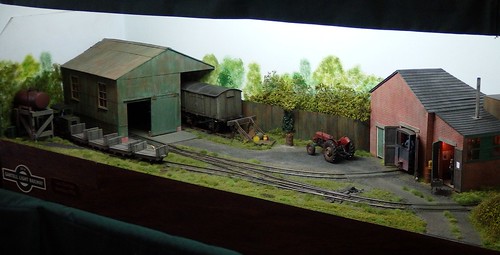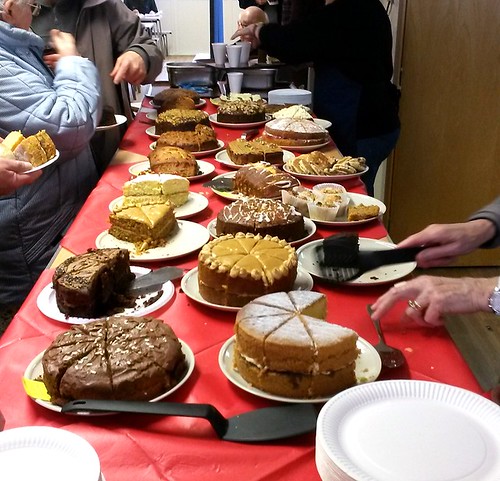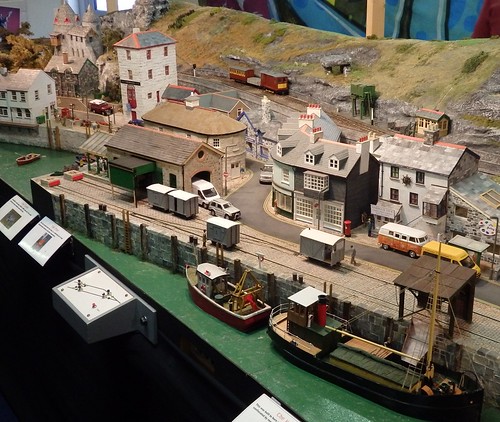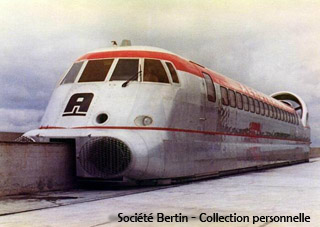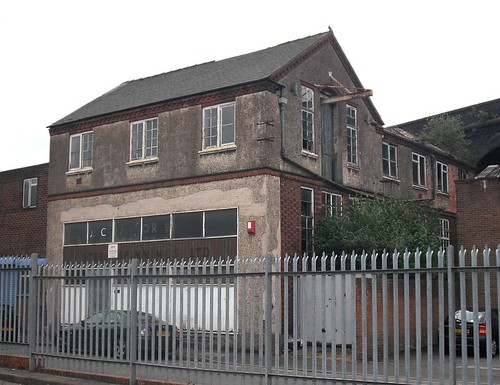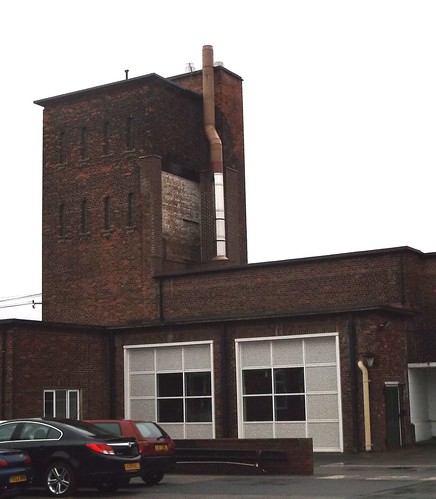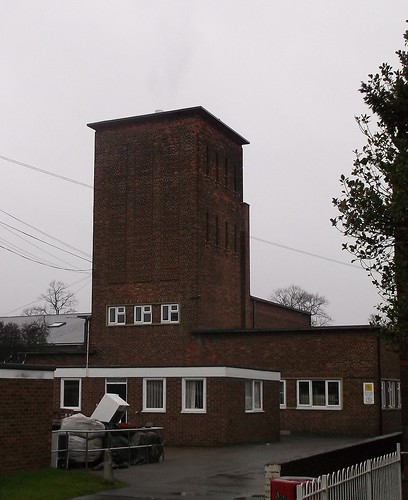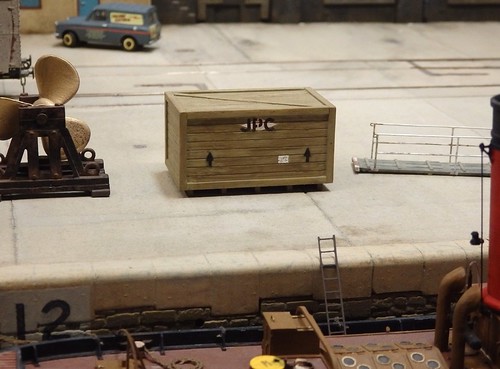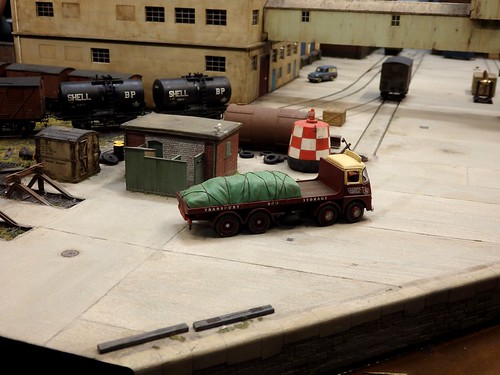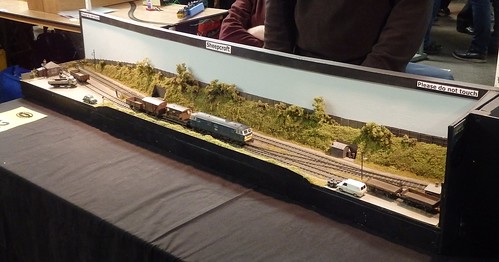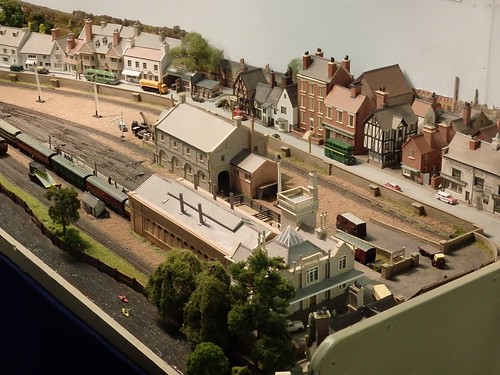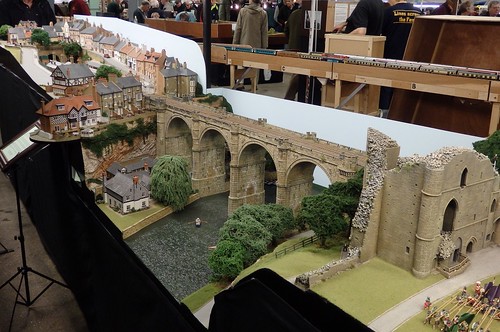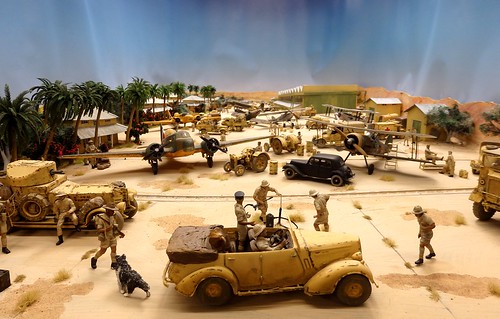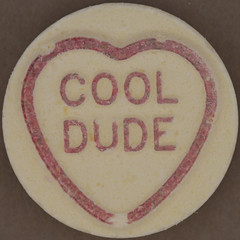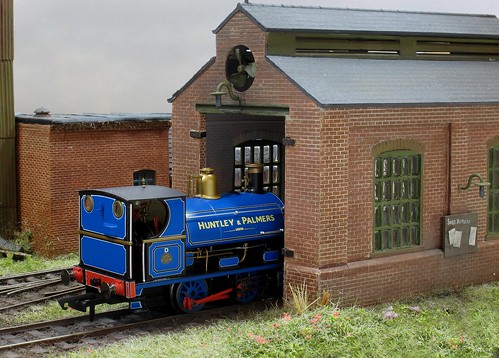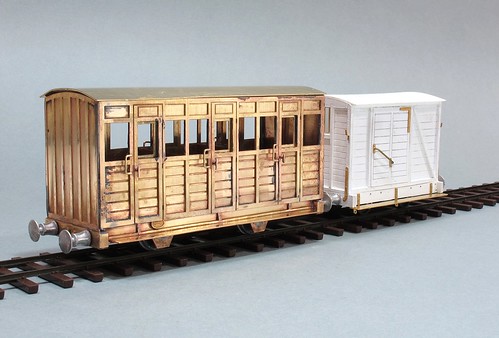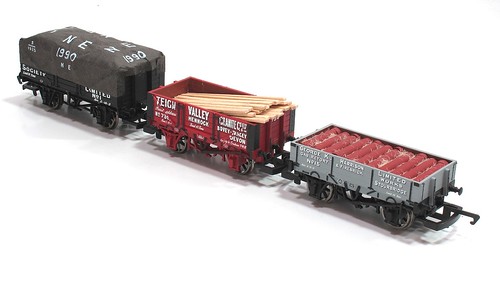How good should a model be to appear in a magazine?
I ask, because for the last few months, I've been watching and taking part in a couple of model railway groups on Facebook. these are filled with people enjoying their hobby - but not in a way you see in print.
Posts often include photos of the latest Hornby train set purchased or roundy-roundy layouts on large boards in spare rooms and attics. There are also videos taken of people running trains.
There are two common features:
1 - The models would look terrible when subjected to the scrutiny of a camera
2 - The owners are having terrific fun with them
I remember a friend describing people leaving shows with a bag of track - "They are going home to do the train set tonight".
It's true. That bag of track represented a great deal of fun. Not the fun of the sort of modeller who obsesses over every detail or worries about the correct setting they are creating. The sort of fun that says you can have a Blue Pullman and US "Big Boy" on the same layout because you really like both of them.
The people you see in print and at shows are, I suspect, the top 20% of modellers. That's top in the sense of producing the "best" quality work, and it's little more than a finger in the air guesstimate of numbers.
In addition there will be a large number who never actually make anything but even then, I bet half the people in this hobby only ever get to see their models in print in the "Readers layouts" pages of a magazine. I wonder how many people skip over that as the pictures don't generally match up with those taken by the professional staff on all the other pages.
It's a bit like the "Gallery" section of
Take Hart, a TV show I remember from my childhood. When I hear the tune
Left Bank Two, I still shiver from the memory of the dull bit where were were exposed to the daubs of other children my age. At the time I just wanted to see Morph do something funny or Tony make some more art but in hindsight, I can only imagine the pride any youngster felt seeing their picture on telly.
Those readers models represent some of the great fun on offer in our hobby but it's nearly impossible to encapsulate this on the printed page. Even on video, watching someone else's railway full of straight from the box ready to run models thrashing round can't to convey they pleasure the owners get from them.
Every so often, someone will say that models in mags are too good and we should have some more attainable stuff on show. How do you define attainable though? Straight from the box? For many that's as far as they go, but would they then want to see lines of factory fresh models in a magazine they have paid for?
Railway modelling is fun. And it's fun in many different ways - all of which are equally valid no matter what some keyboard warrior tries to say. To my mind, even if you just run a train around a circle on the dining room table, it's better than sitting slack-jawed in front of the TV every night.
Maybe it's not possible to show all this. Perhaps only experiencing the joy of model making can explain what we get out of it. I'd like to think that there are other angles which is why I've written this post. I'm thinking out loud at the moment. Please join in the conversation in the comments.




